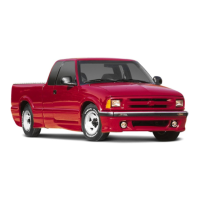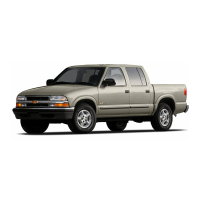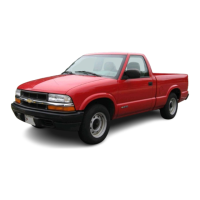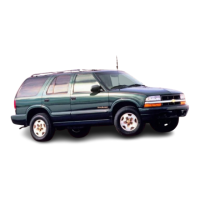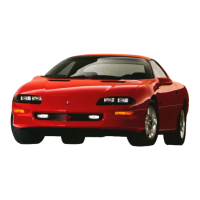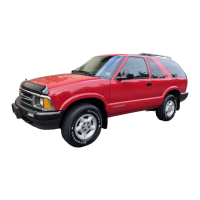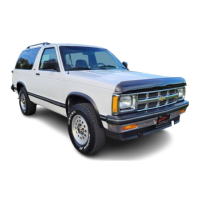Periodic Maintenance Inspections
Listed below are inspections and services which should be performed at least
twice a year (for instance, each spring and fall). You should let your GM
dealer’s service department or other qualified service center
do
these jobs.
Make sure any necessary repairs are completed at once.
Steering and Suspension lnspectiont -Inspect front and rear suspension
and steering system for damaged, loose or missing parts, signs of wear or
lack of lubrication. Inspect power steering lines and hoses for proper hook-up,
binding, leaks, cracks, chafing, etc. (On vehicles equipped with manual
steering gear, check for seal leakage.) Lubricate the steering linkage.
Accelerator Control System -Lubricate all pivot points with engine oil,
except the
TBI
throttle shaft.
Do
not lubricate the cam pulley. Remove all
external deposits from pulley. Do not oil any accelerator or cruise control
cables. Replace any cables that have high effort or excessive wear.
Exhaust System Inspection -Inspect the complete system. Inspect the body
near the exhaust system. Look for broken, damaged, missing or
out-of-position parts, as well as open seams, holes, loose connections or
other conditions which could cause a heat buildup in the floor pan or could
let exhaust fumes seep into the passenger compartments. See “Engine
Exhaust” in the Index..
Drive Axle Service -Check rear/front axle fluid level and add as needed.
Check constant velocity joints and axle seals for leaking.
Transfer Case (four-wheel drive) lnspectiont -Every
12
months or at oil
change intervals, check front axle and transfer case and add lubricant when
necessary. Oil the control lever pivot point and all exposed control linkage.
Check vent
hose
at transfer case for kinks and proper installation. More
frequent lubrication may be required on off-road use.
tA
fluid
loss
in these systems may indicate a problem. Have them inspected
and repaired at once.
7-1
3

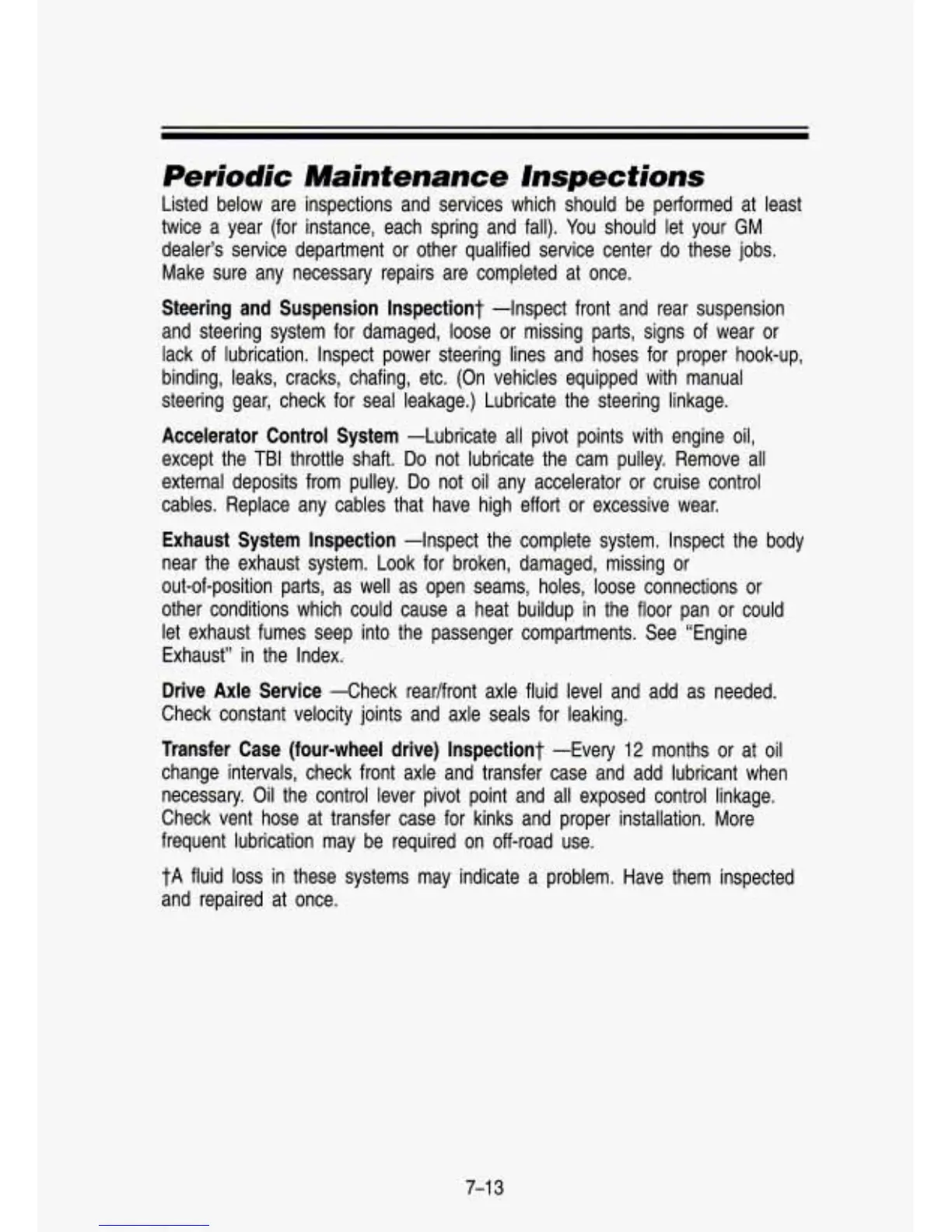